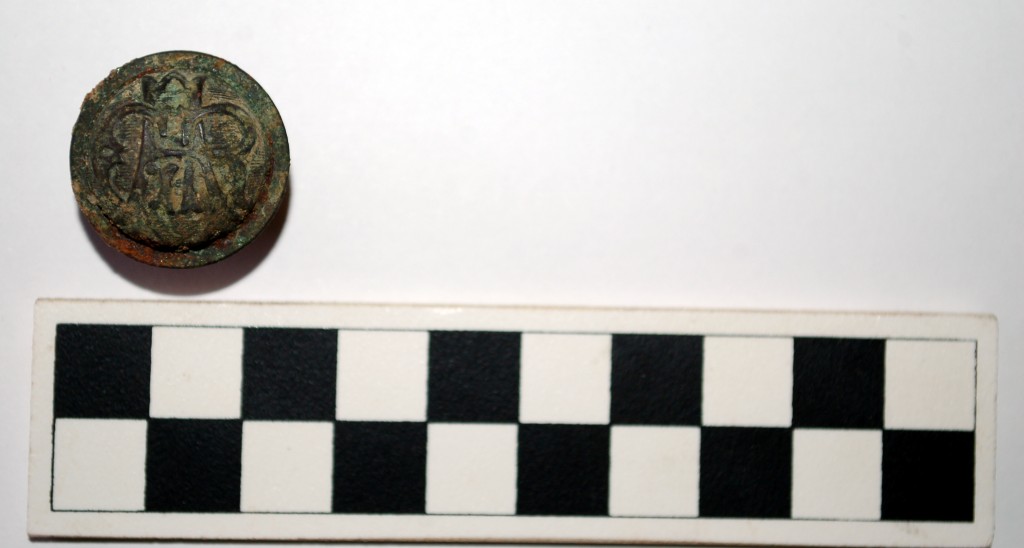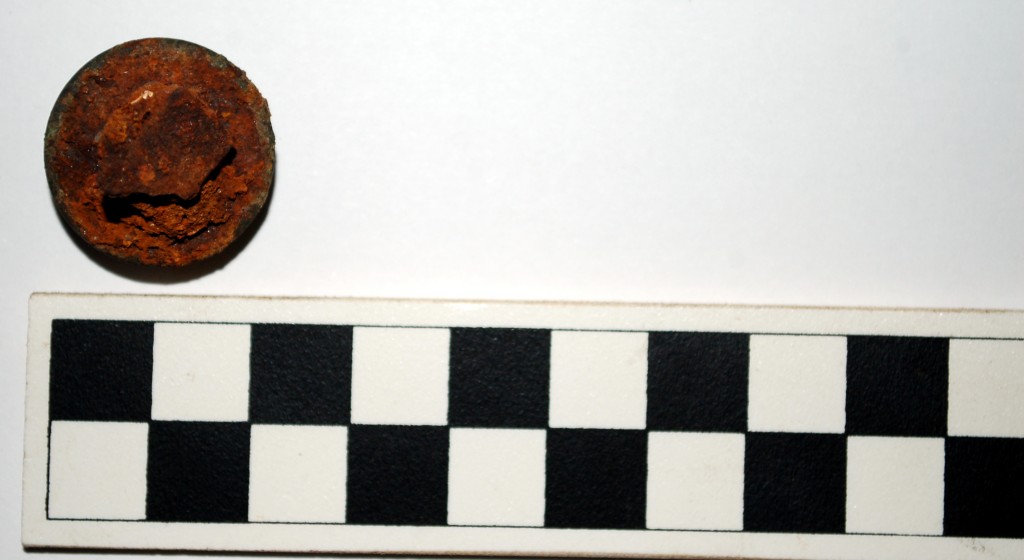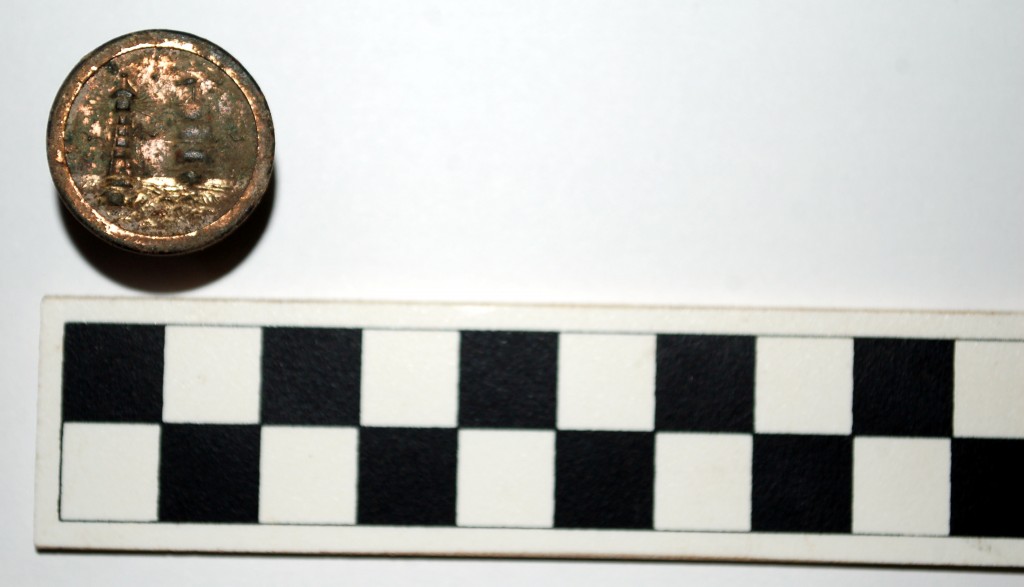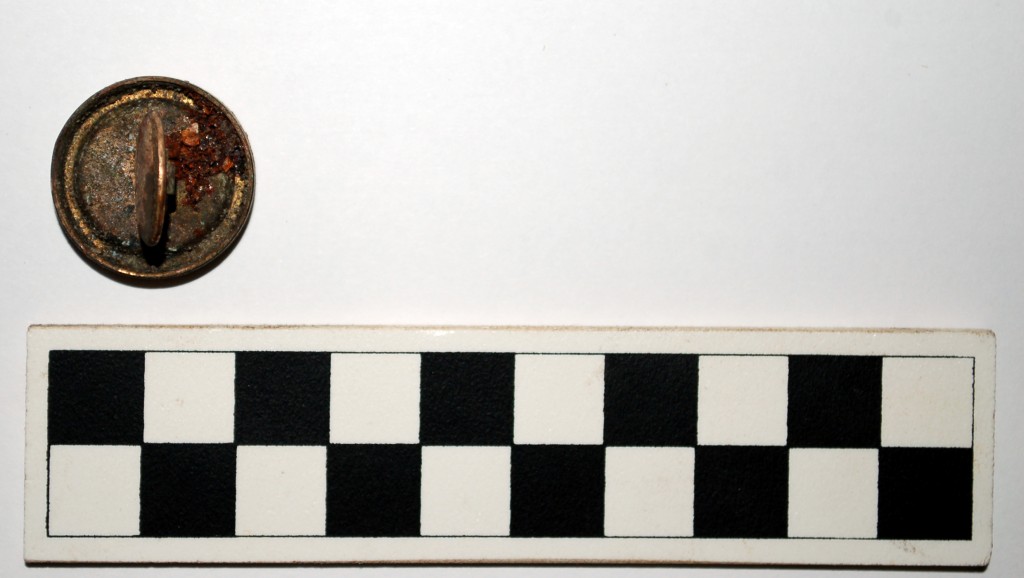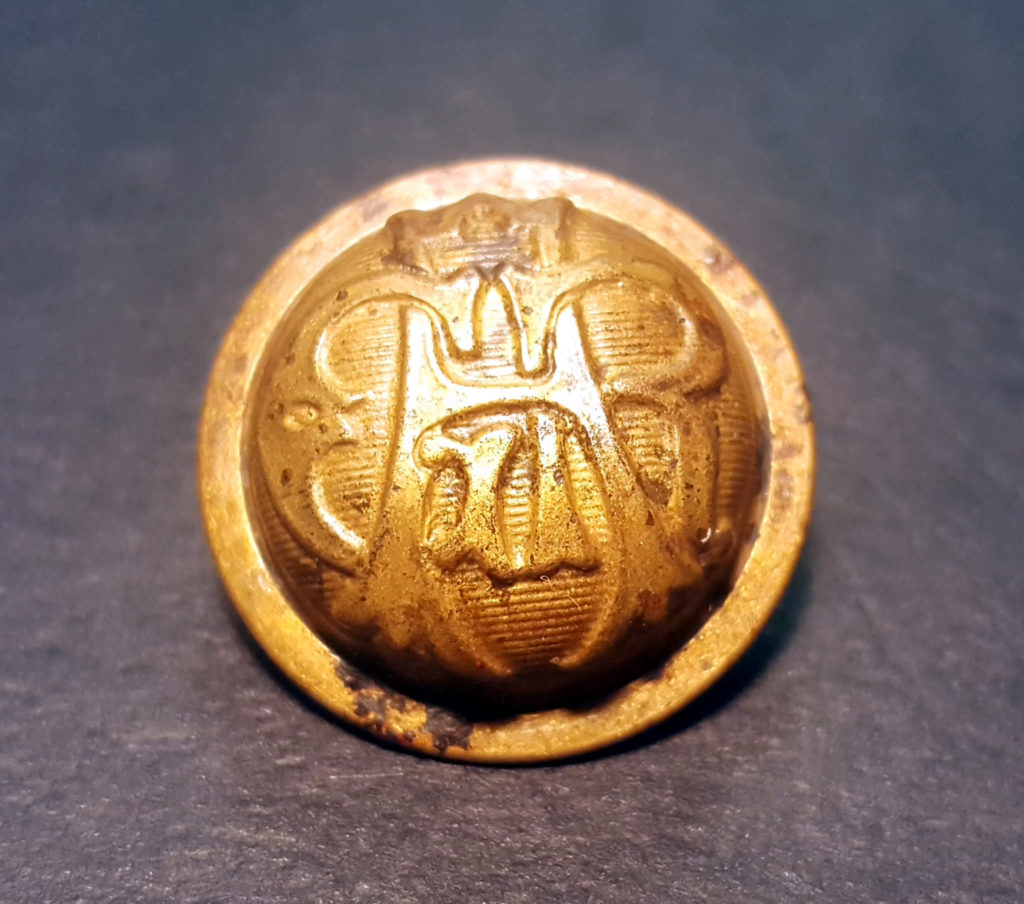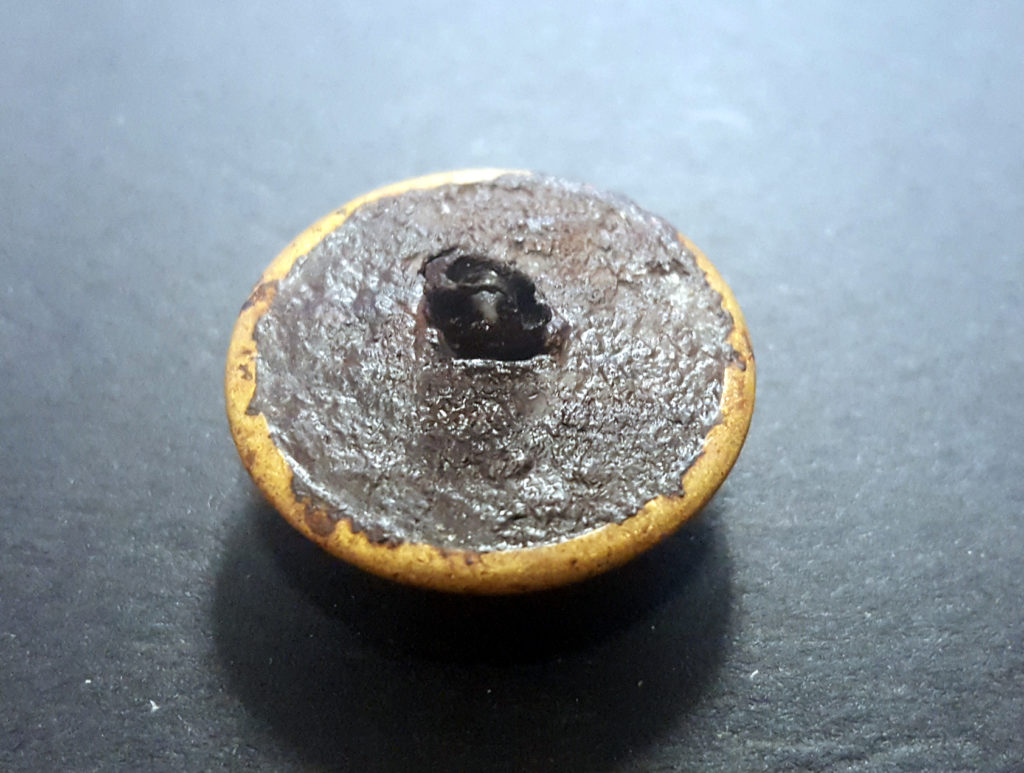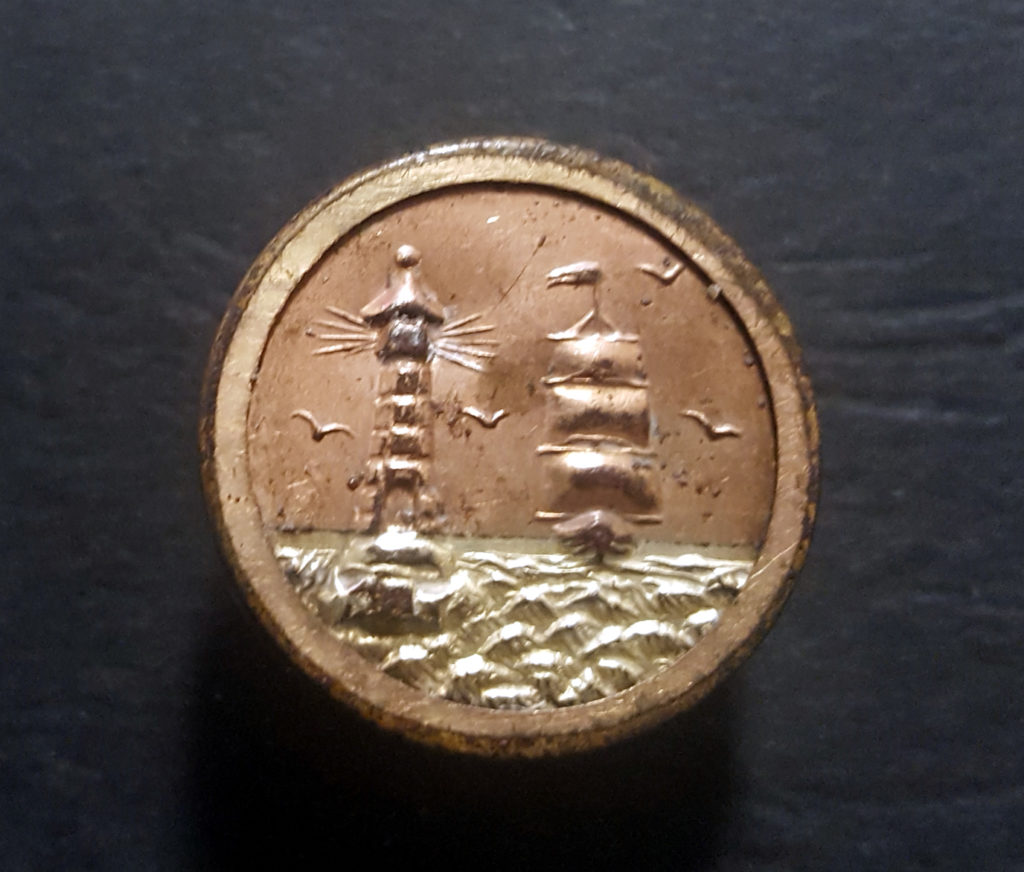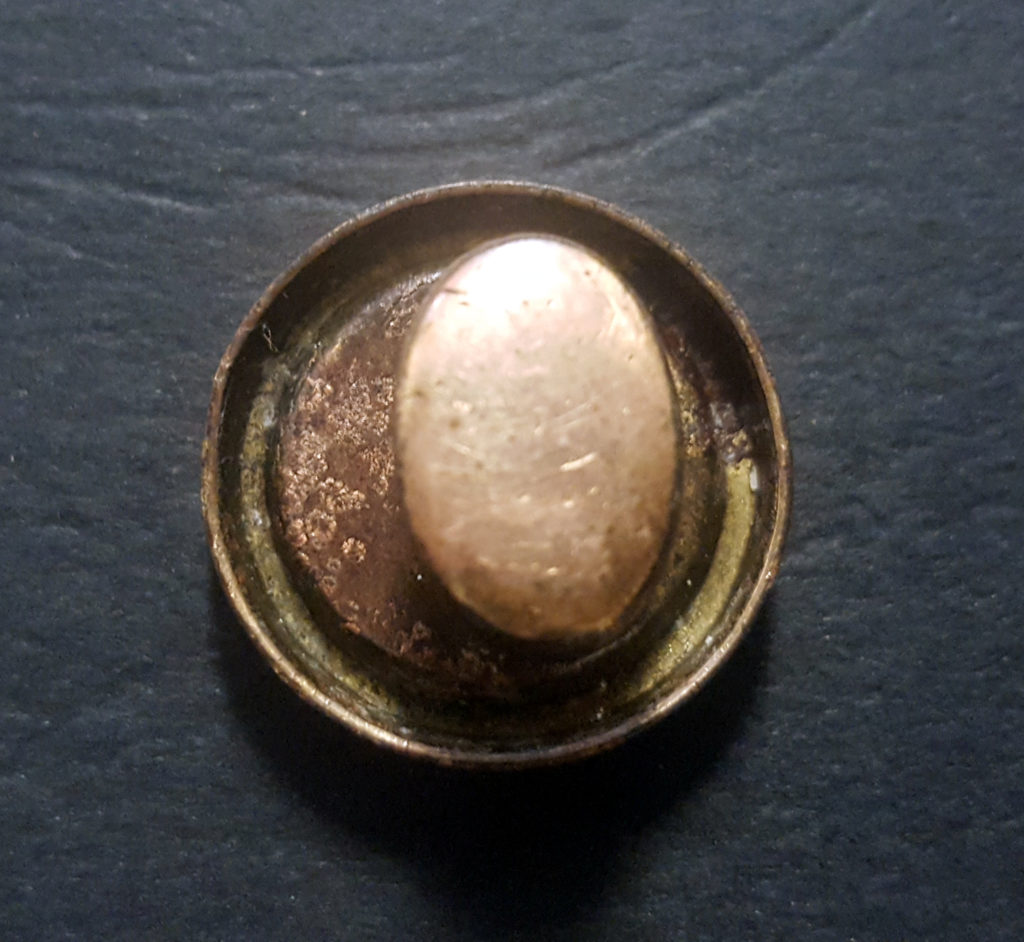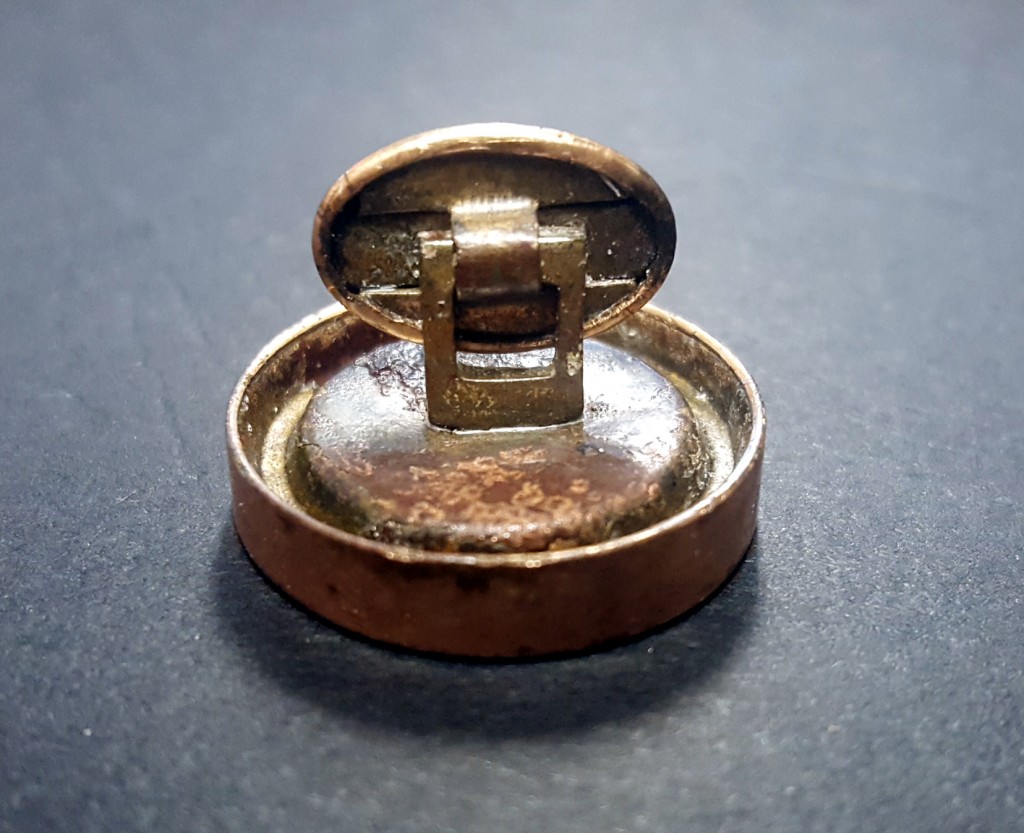The vast majority of artifacts that come through conservation are from our shipwrecks excavated by LAMP. There are hundreds, if not thousands, of objects from the Storm and Anniversary wrecks waiting to be worked on. However, conservation activities for the LAMP sites have slowed down as we pack up and organize for the new building construction. There was also a little event called Hurricane Matthew that stifled conservation duties.
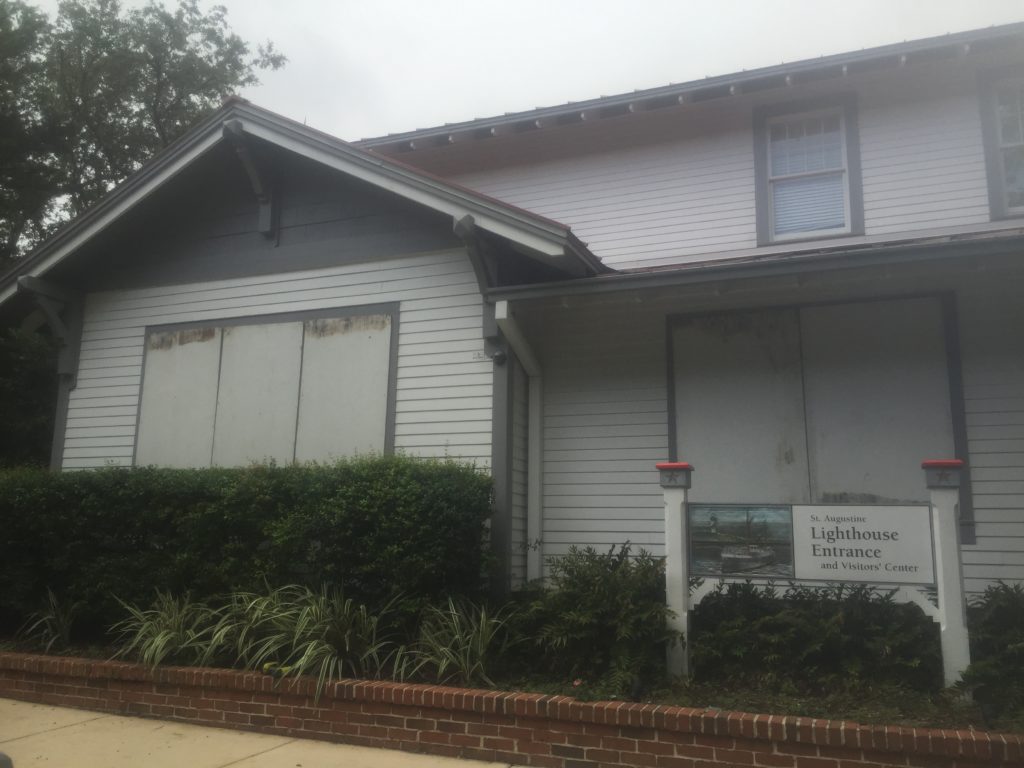
We boarded up the Light Station for Hurricane Matthew. Fortunately, we suffered minimal damage and were able to re-open the Monday after the storm.
Fortunately, there was no significant damage to the lighthouse, the museum or any of the offices. Once everyone was back safely and cleaned up the grounds, work could get back to some semblance of normal.
So, knowing that we would not want to begin any new long-term conservation projects or open up new concretions because of the impending construction; coupled with most everything being packed up for the storm, I started a fun, fast project.
Besides the shipwreck artifacts, we have a number of objects in our collections department. A lot of these pieces have been donated by various people over the years. Some, though, come directly from our grounds.
A ground survey was conducted in 1999 to look over the lighthouse property and identify any historical features. They found a few trash pits around the site that had all kinds of interesting small finds.
One was a brass button.
Another was a brass/copper cufflink.
The button has large, intertwined letters on the front reading “GAR” and nothing on the back. This stood for “The Grand Army of the Republic”, which was a fraternal organization of Union veterans from the Civil War. The button most likely came from William Harn, who had been an artillery commander and Brevet Major in the war before taking the lighthouse keeper post in St. Augustine. The GAR began in 1866 and ended in 1956, so the age of the button could vary significantly.
The cufflink is harder to identify. There are no markings anywhere on the piece, save for the lighthouse and ship face motif. The face is pretty unique, though, because of the two-tone design. The cufflink appears to be made of brass as a whole, but the waterline is of a brighter gold-colored shade than the ship and lighthouse. The back of the cufflink has a hinged, button, snap-back construction. The closest examples we have to similar designs are cufflinks patented by the “ACME” company in 1880. It does not appear that it was ever an official US Lighthouse Establishment or Service issued cufflink or part of the uniform here at the lighthouse. Further research is needed to figure out the who/what/when/where/why on the cufflink.
As for the conservation completed on the button and cufflink, it was a very simple process. I first had to gently scrape the corrosion product off the surfaces. Next, the artifacts were soaked in a bath of benzotriazole (BTA) and ethanol for 24 hours. Finally, the two pieces were sealed with microcrystalline wax to protect against ambient moisture and air in the atmosphere.
Andrew Thomson is the Assistant Archaeological Conservator for the St. Augustine Lighthouse & Maritime Museum. He received his graduate degree and training from the Conservation Research Laboratory at Texas A&M.


